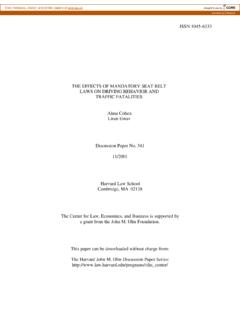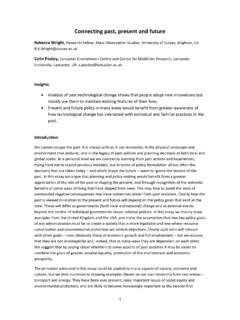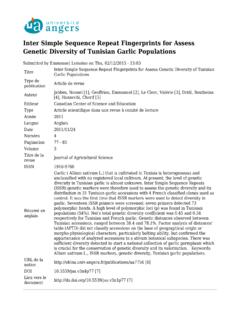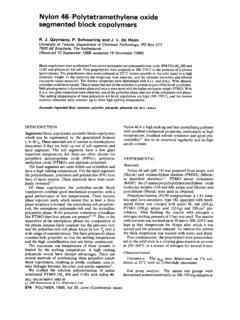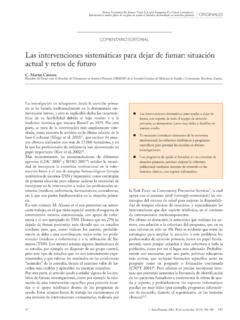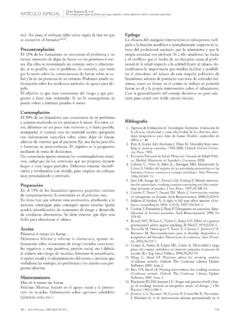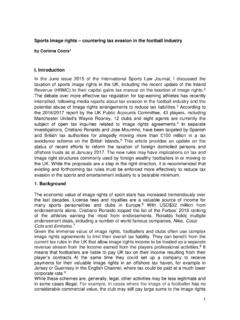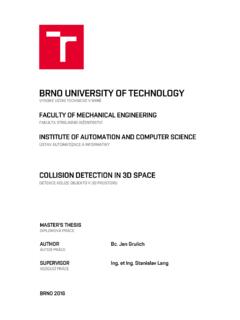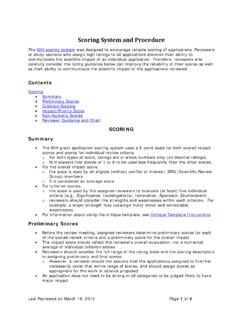Transcription of Design and Development of Unmanned Aerial Vehicle (Drone ...
1 Design and Development of Unmanned Aerial Vehicle (Drone) for Civil applications Thesis Project A Thesis submitted to the Dept. of Electrical & Electronic Engineering, BRAC University in partial fulfillment of the requirements for the Bachelor of Science degree in Electrical & Electronic Engineering Project Supervisor Dr. Pran Kanai Saha Project Group Reasad Azim Bappy - 10110017 MD. Asfak-Ur-Rafi -10321005 MD. Saddamul Islam 11321030 Ali Sajjad - 10321007 Khan Nafis Imran 10321011 i DECLARATION We hereby declare that the thesis titled Design and Development of Unmanned Aerial Vehicle (Drone) for Civil applications is submitted to the Department of Electrical and Electronics Engineering of BRAC University in partial fulfillment of the Bachelor of Science in Electrical and Electronics Engineering. This is work was not submitted elsewhere for the award of any other degree or any other publication.
2 _____ _____ Reasad Azim Bappy MD. Asfak-Ur-Rafi-Anonno Student ID : 10110017 Student ID : 10321005 _____ _____ MD. Saddamul Islam Ali Sajjad Student ID : 11321030 Student ID : 10321007 _____ Khan Nafis Imran Student ID : 10321011 Supervisor: _____ Dr. Pran Kanai Saha Professor, Department of Electrical and Electronic Engineering, BUET, Dhaka-1000, Bangladesh. ii Acknowledgement Foremost, we would like to express our sincere gratitude to our advisor, Dr. Pran Kanai Saha, Professor, Department of Electrical and Electronic Engineering, BUET. We could not complete this project without his constant encouragements, valuable insight, motivations and guideline. Even though we could not put everyone s name, we would specially like to thank our fellow friend MD. Wasiul Haq. Last but not the least, we would like to thank our parents and friends for support and encouraging us iii Abstract UAV is defined as an Aerial Vehicle that does not carry a human operator, uses aerodynamic forces to provide Vehicle lift, can fly autonomously or be piloted remotely, can be expandable or recoverable, and can carry a lethal or nonlethal payload.
3 It is controlled either autonomously by on-board computers or by remote control of a pilot on the ground. Its usage is currently limited by difficulties such as satellite communication and cost. A Drone has been built that can be operated by radio frequency controller and send live audio-visual feedback. The developed Drone control system has been simulated in MATLAB/Simulink. The simulation shows a very stable operation and control of the developed Drone. Microcontroller based drone control system has also been developed where a RF transmitter and receiver operating in the frequency of GHz are used for remote operation for the Drone. Earlier, drones were deployed for military applications such as spying on both domestic and international threats. The developed drone in this work can be used for a number of applications , such as policing, firefighting, monitoring flood effected areas, recording video footage from impassable areas and both military and non-military security work.
4 In addition, using an Android mobile device incorporation with GPS has been used for live position tracking of Drone and real time audio-visual feedback from Drone. Keywords: Drone, Unmanned Aerial Vehicle , Aerial surveillance. Group Members: Reasad Azim Bappy MD. Saddamul Islam MD. Ashfaq ur Rahim Anonno Khan Nafis Imran Ali Sajjat iv i Acknowledgement .. ii Abstract .. iii Abbreviation .. viii Table of contents .. iv List of figures .. vi List of vii Table of Contents Chapter 1 ..1 Introduction ..1 Issues ..2 Review ..3 Objective ..5 Organization of the project ..6 Chapter 2 ..7 Introduction ..7 Development and construction ..7 Brushless DC motor ..7 Multi-Rotor control board ..9 ESC (Electronic Speed Controller) ..6 Servo motor ..13 Li-Po battery ..14 Landing gear ..15 Control system Design ..16 Introduction ..16 Control system ..16 BLDC motor transfer function ..18 v BLDC motor open loop DC servo motor.
5 22 DC servo motor transfer function ..22 Proportional controller ..24 Control system simulation ..24 Roll control system transfer function ..28 Yaw control system transfer function ..30 Pitch control system transfer function ..33 Telemetry system ..36 Radio communication ..36 Wi-Fi communication ..38 Software ..38 Live location tracking ..38 Live location tracking software architecture ..39 Live location tracking website architecture ..40 Live video stream ..42 Hardware implementation ..43 Chapter 3 ..45 Introduction ..45 Measurements ..45 Application of the developed drone ..46 Results ..46 Chapter 4 ..48 Conclusion ..48 Limitations ..48 Recommendations ..49 Appendix ..50 vi References ..53 List of figures Figure EMAX bl 2815/09 ..8 Figure Multi-Rotor control board ..9 Figure Electronic Speed Controller (ESC) ..12 Figure Servo Motor (Model: Futaba S-140).
6 13 Figure 3300mAh 3 cell Li-Po battery ..14 Figure Landing gear ..15 Figure Roll control system ..17 Figure Pitch control system ..17 Figure Yaw control system ..18 Figure BLDC motor Simulink diagram ..21 Figure BLDC motor open loop step response ..21 Figure DC Servo motor Simulink model ..23 Figure Open loop step response of DC servo motor ..23 Figure Proportional gain controller ..24 Figure Roll control system Simulink model ..25 Figure Roll control system Simulink model output ..25 Figure Yaw control system Simulink model ..26 Figure Yaw control system Simulink model output ..26 Figure Pitch control system Simulink model ..27 Figure Pitch control system Simulink output ..27 Figure Roll control system step response ..29 Figure Roll control system Nyquist diagram ..29 Figure Roll control system Bode Plot ..30 Figure Yaw control system step response.
7 32 Figure Yaw control system Nyquist diagram ..32 Figure Yaw control system Bode Plot ..33 Figure Pitch control system step response ..35 vii Figure Pitch control system Nyquist diagram ..35 Figure Pitch control system Bode Plot ..36 Figure FlySky 6 channel radio transmitter and receiver ..37 Figure Live location tracking software ..39 Figure Flow diagram of live location tracking software ..40 Figure Flow diagram of live location tracking website ..41 Figure IP-Webcam live video stream ..42 Figure Sketch of the drone ..43 Figure Final product ..43 Figure Diagram of connections ..44 List of tables Table EMAX bl 2815/09 motor parameters ..8 Table Multi-Rotor board setup values ..11 Table DC Servo motor parameters ..22 Table Measurements of the drone ..46 viii Abbreviations UAV: Unmanned Aerial Vehicle BLDC : Brushless Direct Current P: Proportional MATLAB: Matrix Laboratory M-file: MATLAB text editor file ESC: Electronic Speed Controller GPS: Global Positioning System 3G: Third generation mobile network 1 | P a g e Chapter 1 Introduction Unmanned Aerial vehicles (UAV) are more properly known as Drone.
8 Basically, drone is a flying robot [1]. Working in combination with GPS, the flying machine may be remotely controlled or can fly autonomously by software controlled flight plans in their embedded systems. drones are most often used in military services. However, it is also used for weather monitoring, firefighting, search and rescue, surveillance and traffic monitoring [2] etc. In recent years, the drone have come into attention for a number of commercial uses. In late 2013, Amazon announced a plan to use Unmanned Aerial vehicles for delivery in the nearby areas future [1]. It is known as Amazon Prime Air, it is estimated to deliver the orders within 30 minutes inside 10 miles of distance [1]. So it is clear that domestic usage of UAV has vast future possibility in different fields rather than military usage. drones for military use were started in the mid-1990s with the High-Altitude Endurance Unmanned Aerial Vehicle Advanced Concept Technology Demonstrator (HAE UAV ACTD) program managed by the Defense Advanced Research Projects Agency (DARPA) and Defense Airborne Reconnaissance Office (DARO) [3].
9 This ACTD placed the base for the improvement of the Global Hawk. The Global Hawk hovers at heights up to 65,000 feet and flying duration is up to 35 hours at speeds approaching 340 knots and it costs approximately 200 million dollars [4]. The wingspan is 116 feet and it can fly miles which is significant distance [4]. Motherland security and drug prohibition are the main needs Global Hawk was designed for [5]. Another very successful drone is the Predator which was also built in the mid-1990s but has since been improved with Hellfire missiles. Named by Smithsonian s Air & Space magazine as one of the top ten 2 | P a g e aircraft that changed the world, Predator is the most combat-proven Unmanned Aircraft System (UAS) in the world [6]. The original version of the Predator, built by General Atomics, can fly at 25,000 feet for 40 hours at a maximum airspeed of 120 [6]. Issues Issues of drones can be classified in different ways like morally, ethically and legally.
10 In many country s drone is not permitted to fly openly, but in some advance country is now allowing drone for social purposes. Also there is a build up a decent drone marketplace in Singapore [16] but from ethical point of view it has some conflict using drone. Military drone manufacturers are also looking for an upgrade civilian uses for remote sensing drones to spread their markets and this includes the use of drones for surveillance where it s needed. drones will no doubt make possible the dramatic change in the surveillance state [15]. With the convergence of other technologies it may even make possible machine recognition of faces, behaviors, and the monitoring of individual conversations. In the absence of government clearness, civil society has lead substantial research on drone strikes. The Bureau of Investigative Journalism, a not-for-profit organization based at City University, London, has published figures that give some logic of the scale of such US operations [17].
